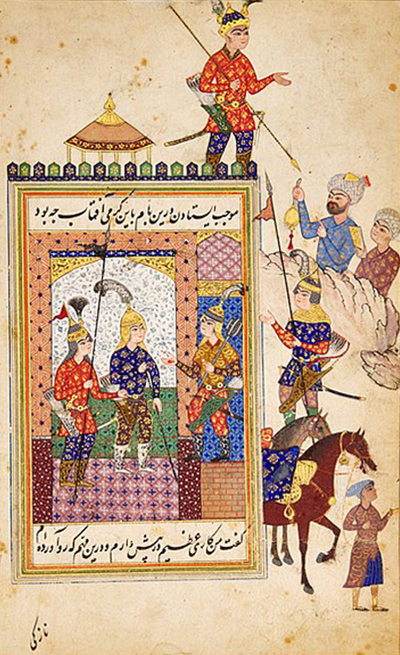What Is Sistan?
Sistan is a geographical region that lies at the southwestern corner of Afghanistan, northwest Pakistan, and eastern Iran, bisected by the Helmand River, the largest watercourse in Afghanistan. Surrounded by deserts, it is a land of extreme heat and cold, relentless winds, and shifting sand dunes.
Yet it is evident everywhere in Sistan that humans have not always found the region so hostile. Previous researchers and our own project have discovered hundreds of archaeological sites dating over the past 5,000 years: dozens of large palaces, forts, vast walled compounds, and at least three cities each over a square km in extent were fed by a complex hydrological system that supported extensive agriculture in areas now dry and deserted.
The name Sistan derives from Sakastan. The nomadic Saka people, better known in the west as the Scythians, controlled this region beginning in the 2nd century BCE.
Sistan is well known historically. In the epic literature of ancient Iranian peoples. Rustam, hero of the national epic, the Shahnameh, was said to be born in Sistan. Many other ancient sources from the Iranian, classical Greco-Roman, East Asian, and Islamic world also describe Sistan, including a lengthy medieval tract on the history of Sistan, Tarikh-i Sistan. We know the area was controlled by many ancient empires: Achaemenid Persian, Macedonian, Parthian, Sasanian, Ghaznavid, Ghorid, and Timurid. It was the seat of extensive Bronze Age settlement, labeled the Helmand Civilization, and the little known but powerful 10th century kingdom of the Saffarids. More historical details can be found in the bibliography of this website.
Sistan became a pawn in the Great Game between 19th century European empires and has been an area of contention between the powers of South Asia and those of Iran and the Middle East, intensified because it held one of the few reliable sources of water between their river valleys. Currently, the inhabitants are largely of Baluch Muslim descent and the region is divided between Afghanistan, Pakistan, and Iran. Our project, negotiated with the Afghan government of the 1970s, worked in the Afghan part of Sistan.



